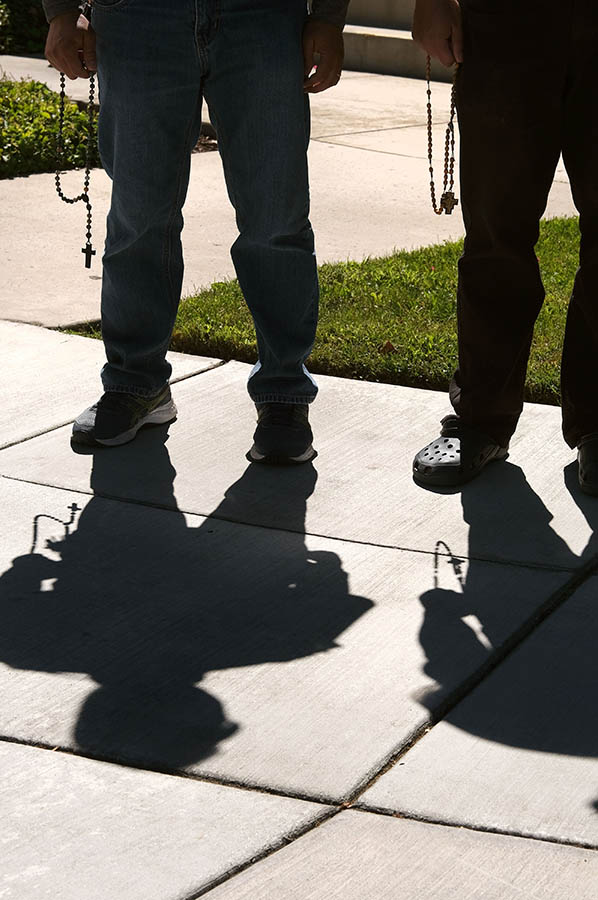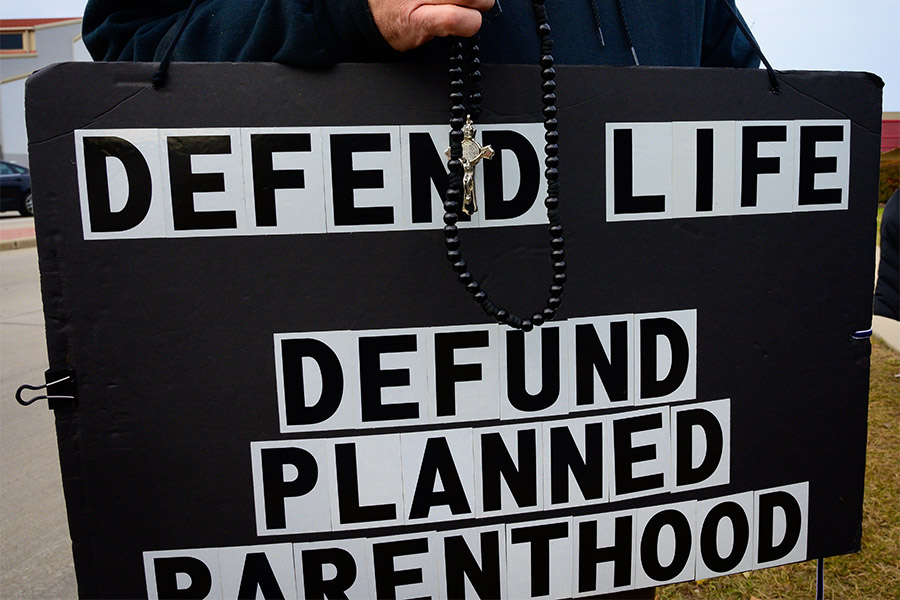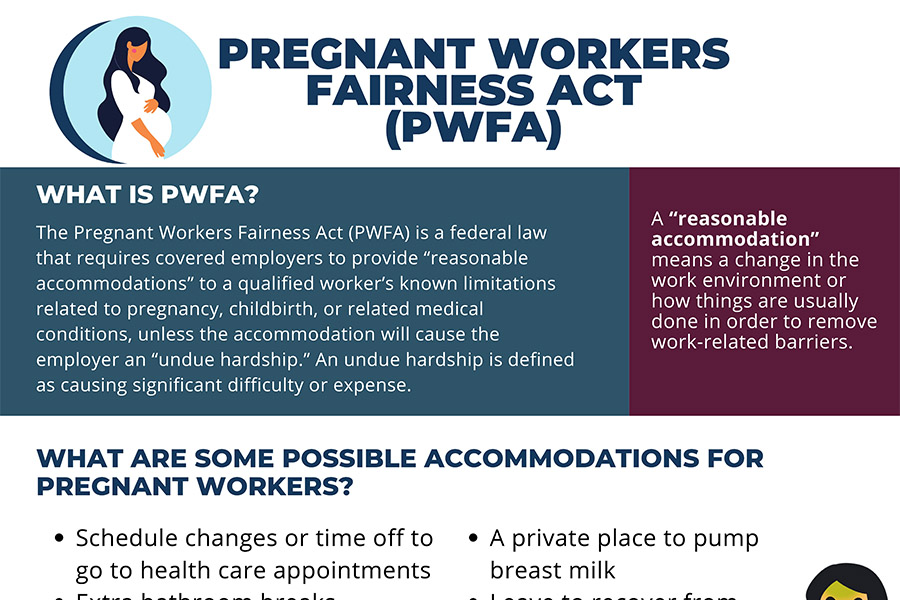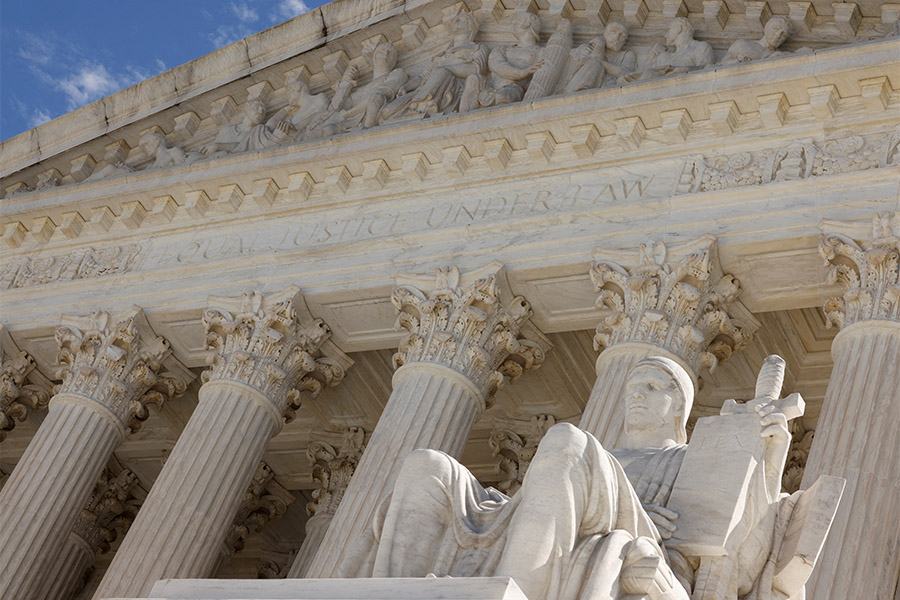WASHINGTON (OSV News) — Dueling studies on the abortion rate in the United States give a conflicting picture about the prevalence of abortion in the last days of Roe v. Wade.
The number of abortions in the U.S. declined in 2020, according to new data from the Centers for Disease Control and Prevention, the U.S. national public health agency. But another study from the Guttmacher Institute, a New York-based abortion rights research and policy center, found the abortion rate rose from 2019 to 2020.

For nearly 50 years, the U.S. saw abortion access legal in all 50 states as a constitutional right under the 1973 U.S. Supreme Court decision in Roe v. Wade. The high court finally overturned the Roe decision in June 2022 with its decision in Dobbs v. Jackson Women’s Health Organization, allowing both recent and long-established state laws restricting abortion access to take effect.
Both the CDC and Guttmacher studies, however, cover the time before some states moved to restrict the procedure following Dobbs.
The CDC’s annual report on abortion, released in November 2022, studies both the profiles of those undergoing abortion and by what means.
The CDC report did not shed light on how the onset of the COVID-19 pandemic that year, or its accompanying restrictions, may have impacted that year’s data. The study found 620,327 abortions were reported during 2020, marking a 2 percent decline from the CDC’s 2019 report. However, the data does not include California, Maryland and New Hampshire, states that do not provide their data for the study.
Tessa Longbons, a senior research associate at Charlotte Lozier Institute, who studies abortion statistics at the state and national levels as well as policy, told OSV News that an increase in chemical or medical abortions will also make abortion more difficult to quantify without reporting requirements.
“I think we can expect that in 2021, 2022 and onward, there will be an increase in the abortions that are taking place this way, and those are harder to track,” she said.
The CDC report also found that more than half of the abortions performed in the U.S. were chemical or medical, rather than surgical.
The Guttmacher Institute surveys more than 1,500 abortion facilities or clinics in its study, substituting state-provided data for those that don’t respond.
“Tracking the incidence and rate of abortions and other foundational data is critical to understanding the larger reproductive health landscape in the United States,” Rachel Jones, Guttmacher Institute principal research scientist, said in a Dec. 1 statement.
“In this new post-Roe reality, the context of abortion care is ever evolving and has changed dramatically since these data were collected,” Jones said. “However, this report will continue to serve as a baseline for abortion incidence and other key indicators prior to the implementation of post-Dobbs abortion bans in numerous states.”
The Guttmacher Institute’s report found that 930,160 abortions were provided in clinical settings in 2020, which the group said marked an 8% increase over its 2017 report.
Both Guttmacher and CDC studies, however, found the rate of chemical or medical abortions increasing.
Longbons said the discrepancies between the two reports on the abortion rate, which used different methodologies, show “the quality of abortion data in the United States is getting worse.”
“I think the reason for this discrepancy is that many high volume abortion states or high abortion rate states either don’t collect any abortion data at all or are significantly underreporting their abortions,” she said. “Because there are no comprehensive reporting requirements in the U.S., it’s really hard to see exactly what’s going on.”
Guttmacher’s Jones said the U.S. Supreme Court’s decision will lead to “fewer people” accessing abortion at a moment it is seeing an “historic increase.” She argued the rising abortion rate is “a positive development” if it means people are “deciding when and if they become parents.”
However, the Catholic Church teaches in the Catechism of the Catholic Church, “Human life must be respected and protected absolutely from the moment of conception,” and because abortion takes the life of an already conceived child, it is “gravely contrary to the moral law.”
St. John Paul II, in his 1994 encyclical “Evangelium Vitae,” stated, “Not only must human life not be taken, but it must be protected with loving concern.”
A review of the records of both major studies shows that the annual number of abortions in the U.S. increased in the years following the Roe ruling in 1973, with its highest levels in late 1980s and early 1990s. The reported rate has since been on a general decline.
Longbons said a first step toward a complete picture of abortion data in the United States would be to “ensure that all abortions are being reported.”
“Just having a standard reporting requirement to ensure that all of these abortions are getting reported would go a long way to improving abortion data in the U.S.,” she said.
Kate Scanlon is a national reporter for OSV News covering Washington.
Read More Respect Life
Copyright © 2023 OSV News







